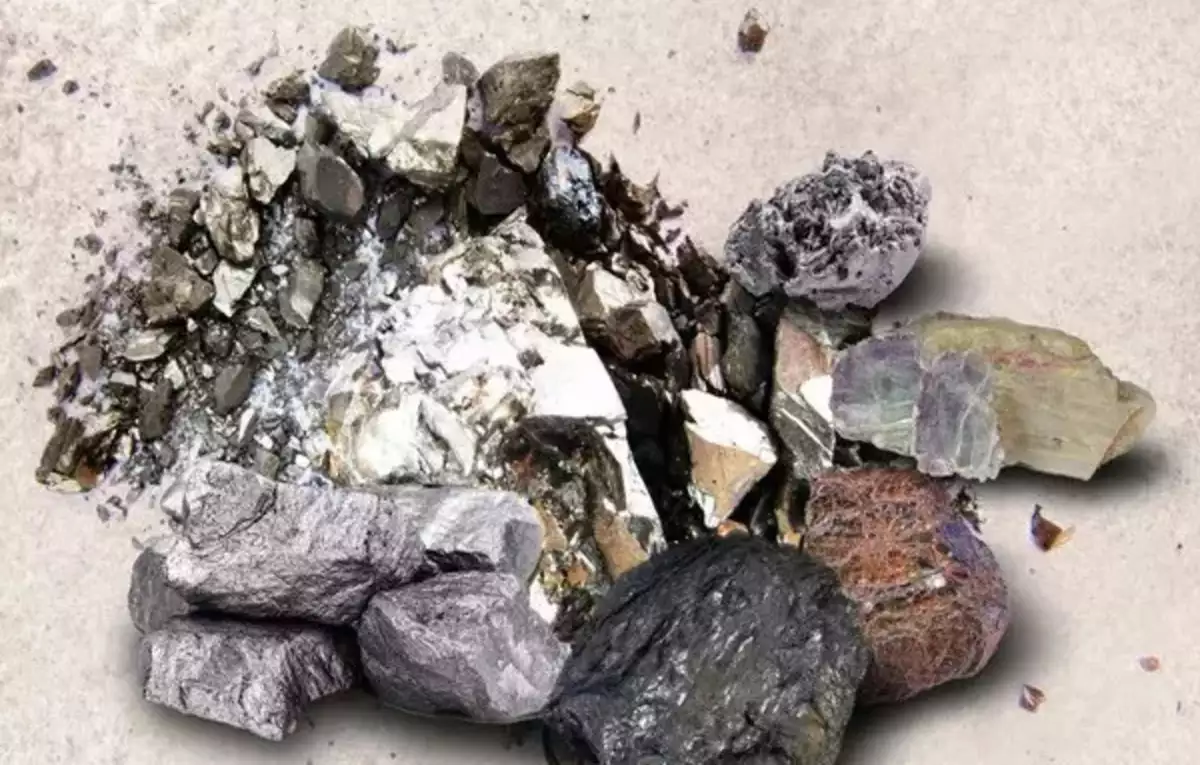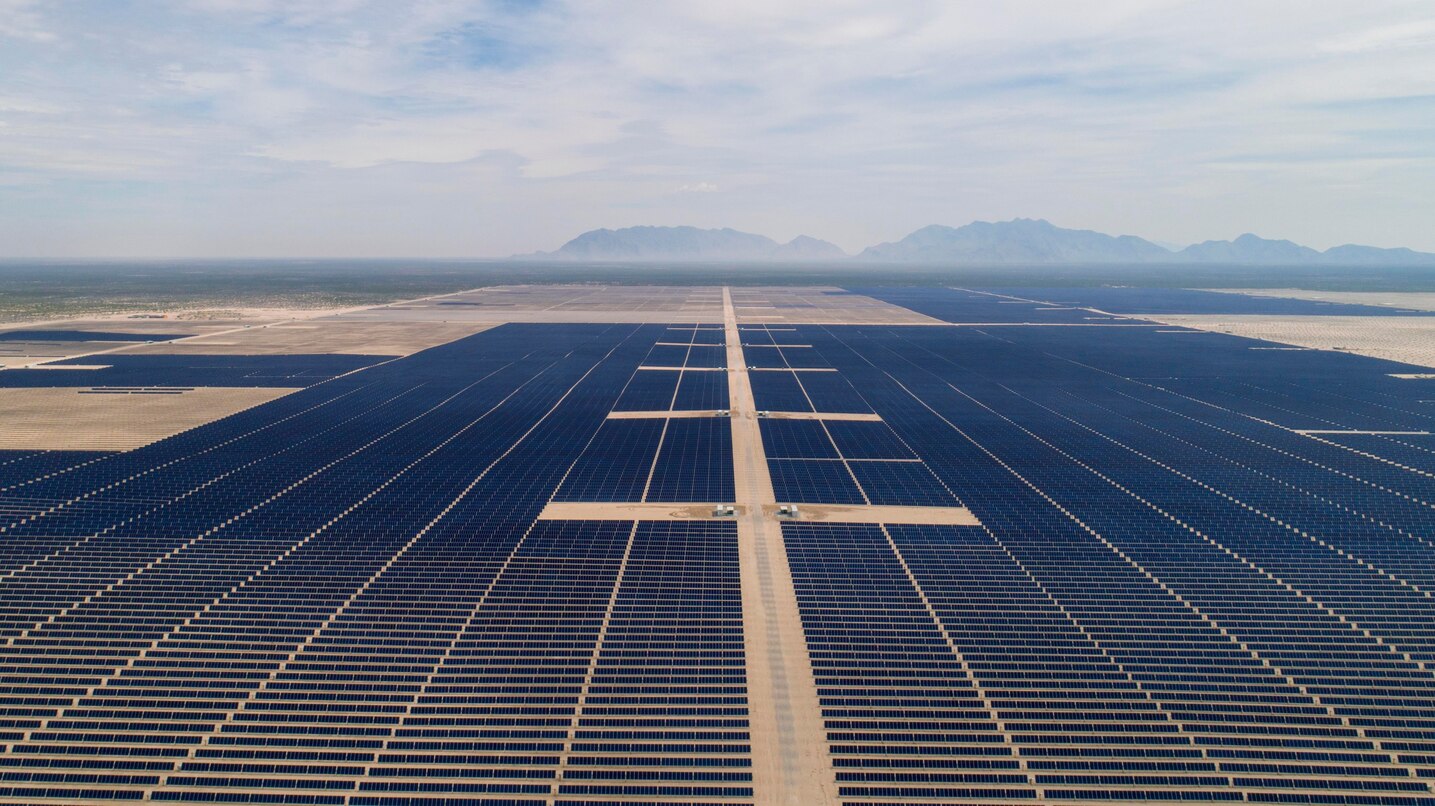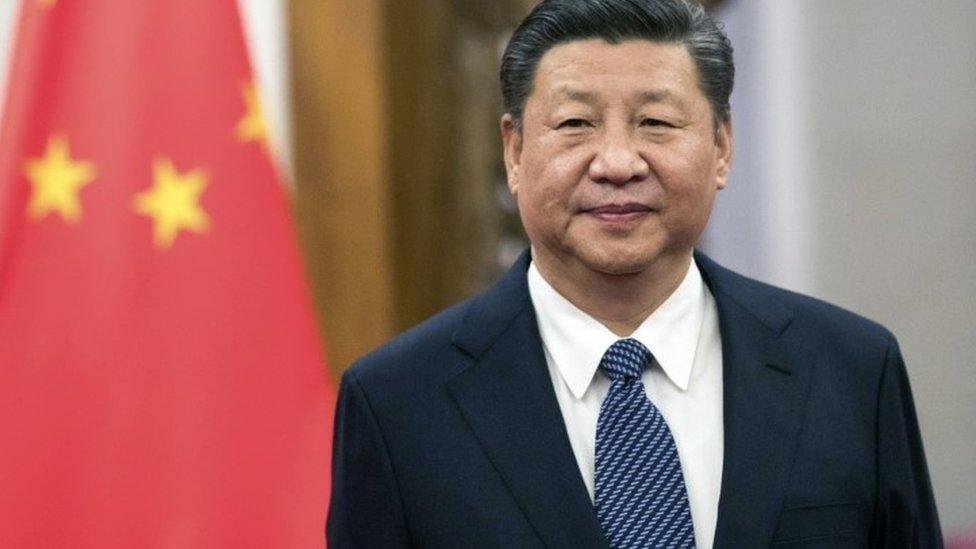- Courses
- GS Full Course 1 Year
- GS Full Course 2 Year
- GS Full Course 3 Year
- GS Full Course Till Selection
- Answer Alpha: Mains 2025 Mentorship
- MEP (Mains Enrichment Programme) Data, Facts
- Essay Target – 150+ Marks
- Online Program
- GS Recorded Course
- Polity
- Geography
- Economy
- Ancient, Medieval and Art & Culture AMAC
- Modern India, Post Independence & World History
- Environment
- Governance
- Science & Technology
- International Relations and Internal Security
- Disaster Management
- Ethics
- NCERT Current Affairs
- Indian Society and Social Issue
- NCERT- Science and Technology
- NCERT - Geography
- NCERT - Ancient History
- NCERT- World History
- NCERT Modern History
- CSAT
- 5 LAYERED ARJUNA Mentorship
- Public Administration Optional
- ABOUT US
- OUR TOPPERS
- TEST SERIES
- FREE STUDY MATERIAL
- VIDEOS
- CONTACT US
India’s First Critical Mineral Auction
India’s First Critical Mineral Auction

Introduction
- India has launched its first-ever auction for exploration licenses (ELs) under the new Exploration License (EL) regime.
- This initiative aims to boost domestic production of critical minerals, reduce import dependence, and drive growth in clean energy, electronics, and defence.
- By attracting private investment through a transparent process, the auction aligns with India’s strategic goal of resource security and sustainable development.
Key Features of the Auction
- Mineral Blocks: A total of 13 exploration blocks are being auctioned, covering critical minerals such as rare earth elements (REEs), zinc, diamonds, copper, platinum group elements (PGEs), gold, vanadium, zirconium, and tantalum.
- States Involved: The blocks are located in Andhra Pradesh, Arunachal Pradesh, Chhattisgarh, Gujarat, Jharkhand, Karnataka, Madhya Pradesh, Maharashtra, Rajasthan, and Uttar Pradesh.
- Transparent Bidding Process: The auction utilizes a transparent online bidding process. The EL auction process follows a reverse bidding mechanism, where the block is awarded to the bidder quoting the lowest percentage share of the auction premium payable by the eventual ML holder
- Private Sector Participation: The initiative allows private companies to explore large areas and secure long-term financial benefits from their discoveries.
- Exploration Focus: The licenses enable companies to conduct reconnaissance and prospecting operations, fostering detailed exploration activities to identify commercially viable mineral deposits.
- Financial Support: The National Mineral Exploration Trust (NMET) offers a reimbursement scheme covering up to 50% of eligible expenses for exploration activities, capped at Rs 20 crore.
- AI-Driven Exploration: The initiative leverages AI-driven techniques and geoscience data to identify new mineral-rich zones, particularly concealed and deep-seated deposits
Why Critical Minerals Matter for India?
- Critical minerals are metallic or non-metallic elements essential for modern technologies, economies, or national security, with a supply chain at risk of disruption.
- These minerals are crucial for manufacturing and technological needs and are also vital to renewable energy technologies needed to meet "Net Zero" commitments around the world.
- The Indian government has identified 30 critical minerals, including lithium, cobalt, nickel, and rare earth elements, which are crucial for technologies such as electric vehicles, solar panels, and wind turbines.
Significance of critical minerals
- Clean Energy Transition: Critical minerals like lithium, cobalt, and nickel are essential for battery production in electric vehicles and renewable energy systems.
- Electronics and Communication: Minerals such as gallium, germanium, and indium are crucial for semiconductor manufacturing and communication technologies.
- Defence and Aerospace: Titanium, tungsten, and rare earth elements are vital for defence applications, including aircraft and missile components.
- Promoting Economic Growth: The Indian mining sector contributes 2.5% of GDP, If India achieves its target of increasing the mining sector's contribution to GDP from 2.5% to 5%, it could add an estimated $80 billion to the economy by 2030.
Government Initiatives Supporting Critical Minerals
- National Critical Mineral Mission (NCMM):
- Launched in January 2025 with a budget of ₹16,300 crore and ₹18,000 crore in PSU investments.
- Aims to boost domestic production, recycling, and overseas acquisitions.
- Plans for strategic reserves and extensive exploration projects.
- Customs Duty Reductions:
- Duties on lithium, cobalt, and nickel reduced to zero to encourage imports and support domestic industries.
- Duties on lithium, cobalt, and nickel reduced to zero to encourage imports and support domestic industries.
- Exploration and Mining Reforms:
- EL regime introduced to streamline exploration processes and encourage private participation.
- EL regime introduced to streamline exploration processes and encourage private participation.
- Centre of Excellence for Critical Minerals (CECM):
- Proposed under the Ministry of Mines to update the critical minerals list and strengthen the supply chain.
- Proposed under the Ministry of Mines to update the critical minerals list and strengthen the supply chain.
Challenges in Critical Mineral Exploration
- Over dependence on Imports:
- India heavily relies on imports for minerals like lithium, cobalt, and gallium, with China controlling 60% of global rare earth processing.
- India heavily relies on imports for minerals like lithium, cobalt, and gallium, with China controlling 60% of global rare earth processing.
- Limited Domestic Exploration:
- Due to outdated techniques and insufficient geological data, many blocks remain unattractive to investors(India currently imports 80% of its lithium and 70% of its cobalt needs).
- Due to outdated techniques and insufficient geological data, many blocks remain unattractive to investors(India currently imports 80% of its lithium and 70% of its cobalt needs).
- Lack of Processing Infrastructure:
- India lacks domestic refining and value-added processing facilities, leading to dependence on other countries.
- India lacks domestic refining and value-added processing facilities, leading to dependence on other countries.
- Regulatory Gaps:
- Policy inconsistencies and slow execution hinder private sector participation and foreign investment.
- Policy inconsistencies and slow execution hinder private sector participation and foreign investment.
- Geopolitical Risks & Global Competition:
- Countries like China, the U.S., and Australia are securing mineral reserves, limiting India’s access.
- Environmental Concerns:
- Mining activities cause deforestation, biodiversity loss, and pollution, while REE mining generates toxic waste
- Rare earth mining generates approximately 2,000 tons toxic waste per ton produced.
- Weak Recycling Framework:
- Unlike Japan and the EU, India lacks an effective recycling and circular economy strategy.
- Unlike Japan and the EU, India lacks an effective recycling and circular economy strategy.
Measures to Address These Challenges
To effectively address these challenges:
- Establishment of Centralized National Authority:
- Single regulatory body overseeing exploration licensing processes, environmental compliance monitoring, mineral processing standards enforcement.
- Single regulatory body overseeing exploration licensing processes, environmental compliance monitoring, mineral processing standards enforcement.
- Creation of Strategic Stockpiles:
- Building strategic reserves to mitigate supply disruptions caused by geopolitical tensions or global shortages.
- Building strategic reserves to mitigate supply disruptions caused by geopolitical tensions or global shortages.
- Enhanced International Collaboration & Partnerships:
- Strengthening ties with resource-rich countries such as Australia (lithium), Chile (lithium), DR Congo (cobalt), USA/EU/Japan (technology partnerships).
- Strengthening ties with resource-rich countries such as Australia (lithium), Chile (lithium), DR Congo (cobalt), USA/EU/Japan (technology partnerships).
- Investment in R&D and Recycling Infrastructure:
- Promoting advanced extraction technologies reducing environmental impacts by up to 50%.
- Developing urban mining capacities through e-waste recycling initiatives.
Conclusion
India's first EL auction represents a pivotal shift in the country's approach to mineral resource development. With global critical mineral demand expected to increase 400-600% by 2040 for clean energy technologies alone, India's strategic initiatives position it to reduce import dependence and capitalize on economic opportunities. However, success will require addressing infrastructure gaps, environmental concerns, and technological limitations through sustained policy support and investment.
|
Mines and Minerals (Development and Regulation) Act Amendment The amendment to the Mines and Minerals (Development and Regulation) Act (MMDR Act) in August 2023 introduced several key changes to enhance mineral exploration and production in India. Key Amendments
|
|
Also Read |
|
| FREE NIOS Books | |




